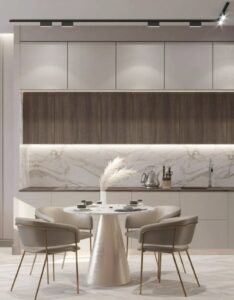
In the world of interior design, the concept of sustainability has taken center stage, and for all the right reasons. Today, homeowners and designers are leaning towards more eco-friendly and organic materials to create serene, environmentally responsible sanctuaries within their homes. This shift towards organic materials represents a harmonious blend of aesthetics and eco-consciousness, resulting in interior spaces that not only look captivating but also contribute to a healthier planet.
In this exploration of sustainable interior design, we delve into the use of organic materials and their appeal in crafting eco-friendly sanctuaries that offer both beauty and a sense of environmental responsibility.
1. The Appeal of Organic Materials
The appeal of organic materials in interior design lies in their unique combination of aesthetics and sustainability. Here are some key aspects of their appeal:
1.1. Natural Beauty
Organic materials, with their authentic textures and colors, bring a touch of the natural world into your home. They exude warmth, character, and a timeless quality that complements various design styles, from rustic to modern.
1.2. Renewability
Many organic materials are sourced from rapidly renewable resources. For example, bamboo, known for its strength and versatility, can be harvested in as little as three years, making it an eco-friendly alternative to hardwoods with longer growth cycles.
1.3. Biodegradability
Unlike synthetic materials that can linger in landfills for centuries, organic materials naturally biodegrade, reducing long-term waste and pollution.
1.4. Carbon Footprint
The production and processing of organic materials typically involve lower energy consumption and emissions compared to their synthetic counterparts, contributing to a reduced carbon footprint.
1.5. Indoor Air Quality
Organic materials often have low levels of off-gassing, making them ideal for enhancing indoor air quality. This is particularly important for individuals with allergies or sensitivities.
In the quest for sustainable serenity, organic materials offer not just an eco-friendly option but a way to connect with nature within the confines of your home. From wooden flooring that captures the essence of a forest to organic cotton bed linens that cocoon you in comfort, these materials are transforming interior design into a reflection of environmental responsibility and a commitment to a more sustainable future.
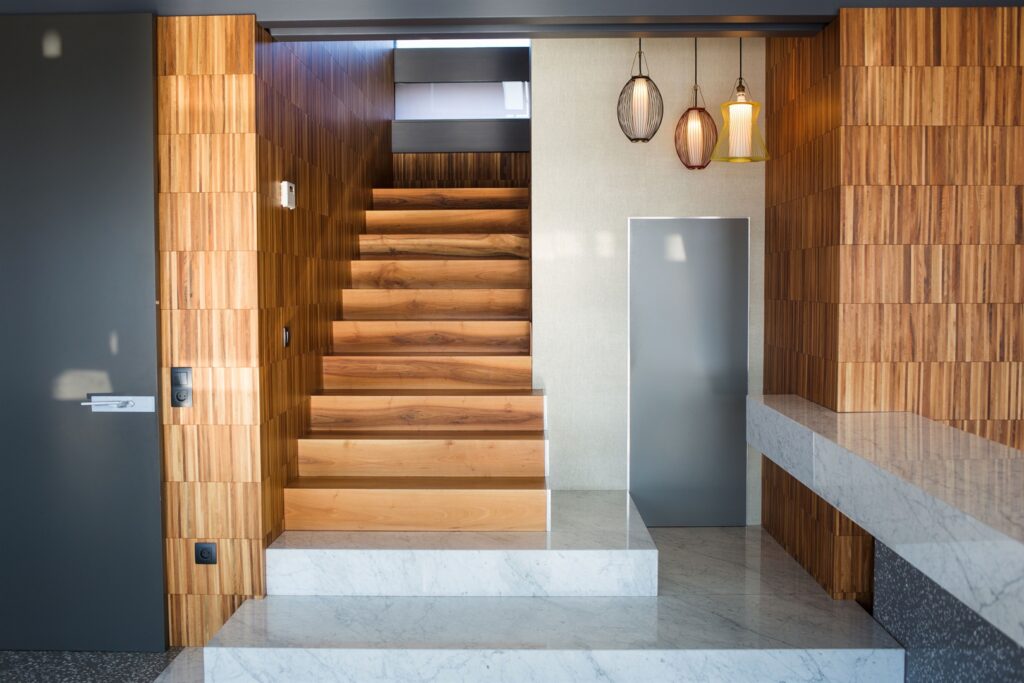
2. Wood - The Timeless Elegance
In the world of interior design, wood has always held a special place. Its enduring appeal lies not only in its aesthetic beauty but also in its sustainability. As we increasingly seek eco-friendly options in interior design, wood emerges as a timeless and elegant choice.
2.1 Sustainability of Wood
One of the remarkable aspects of wood is its renewable nature. As trees are harvested for wood, new ones can be planted, creating a cycle of sustainability. This stands in stark contrast to materials that deplete finite resources. Additionally, responsible forestry practices ensure that wood is sourced and harvested in environmentally conscious ways.
2.2 Versatility in Design
Wood is incredibly versatile, making it suitable for various design styles. Whether you prefer a rustic, traditional, or contemporary look, there is a wood species and finish that can complement your vision. From hardwoods like oak and maple to softer woods like pine and cedar, the range of choices is extensive. These options allow for the creation of customized and unique interior designs.
2.3 Aesthetic Appeal
The timeless elegance of wood is hard to match. Its natural beauty exudes warmth and charm, making any space feel inviting. Wood can be incorporated in various elements, from flooring and furniture to cabinetry and wall paneling. Its ability to adapt to both bold and subtle design schemes makes it a beloved choice for interior designers.
2.4 Serenity Through Wood
The presence of wood in your home can contribute to a sense of serenity. Its organic textures and earthy colors provide a visual link to nature, fostering a calming atmosphere. Wood also has acoustic properties that can reduce noise and create a quieter, more tranquil living environment.
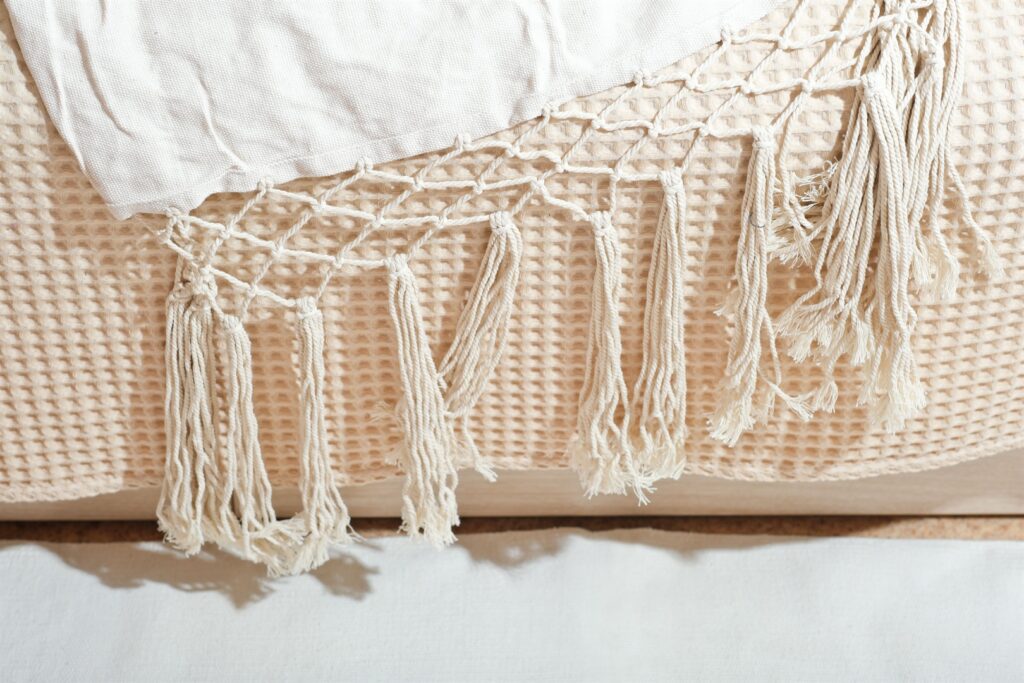
3. Natural Textiles and Fabrics
In the pursuit of eco-friendly interior design, the use of natural textiles and fabrics has gained considerable popularity. These materials offer a sustainable and aesthetically pleasing way to enhance the serenity of your living spaces.
3.1 Eco-Friendly Credentials
One of the primary attractions of natural textiles and fabrics is their eco-friendly credentials. Unlike synthetic materials, which are often derived from non-renewable resources and involve energy-intensive production processes, natural textiles are made from renewable resources. Cotton, linen, hemp, and wool, among others, come from nature and are biodegradable, reducing their environmental impact.
3.2 Comfort and Breathability
Natural textiles and fabrics are prized for their comfort and breathability. Cotton, for example, is a soft and breathable material, perfect for bedding and upholstery. Linen offers a crisp, cool feeling, ideal for warm climates. Wool, on the other hand, provides warmth and insulation, making it a fantastic choice for rugs and blankets. These materials contribute to the comfort and well-being of your home.
3.3 Biophilic Design
Biophilic design, which seeks to connect interior spaces with the natural world, often incorporates natural textiles and fabrics. The textures and colors of these materials mimic the outdoors, promoting a sense of calm and relaxation. Whether it’s the earthy tones of jute rugs or the gentle patterns of organic cotton drapes, these textiles evoke a connection to nature, enhancing the serenity of your space.
3.4 Low VOC Emissions
Another important aspect of natural textiles is their low emissions of volatile organic compounds (VOCs). VOCs are chemicals that can be harmful when released into the air. By choosing natural textiles, you reduce the introduction of these potentially harmful compounds into your indoor environment, contributing to better air quality and overall health.
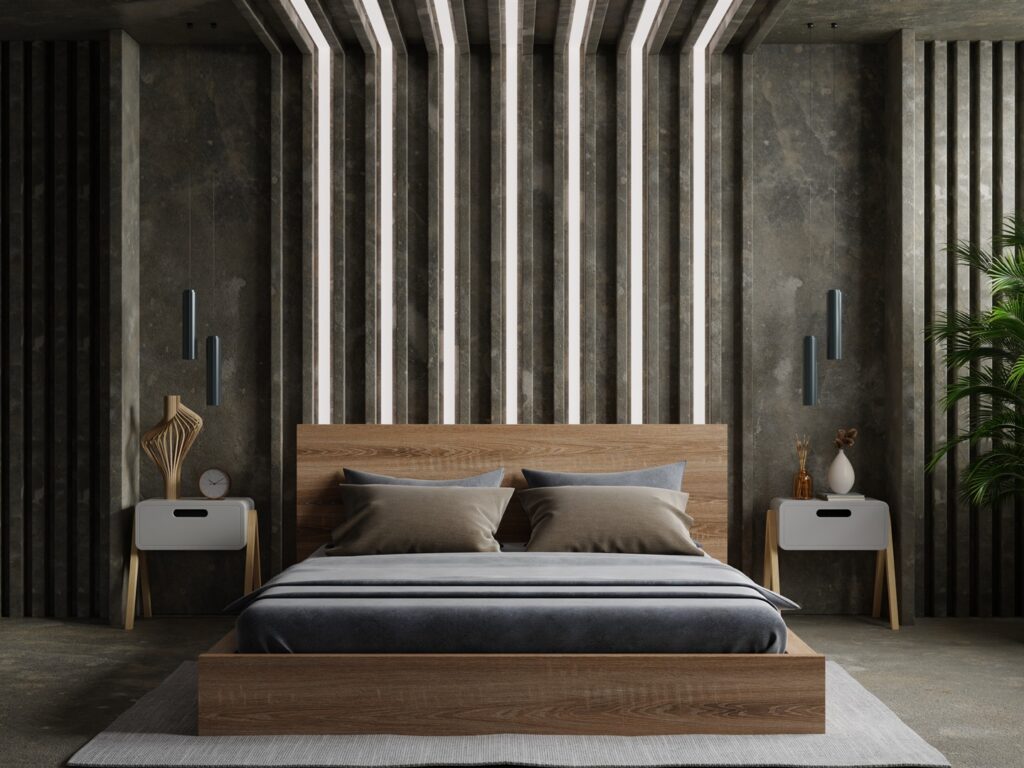
4. Stone and Sustainable Luxury
In the realm of interior design, the use of organic and sustainable materials has gained significant prominence. As homeowners increasingly prioritize eco-friendly living spaces, natural elements like stone have become a cornerstone of sustainable luxury interior design.
4.1 The Elegance of Stone
Stone has been synonymous with luxury for centuries. Its inherent elegance and timeless appeal make it a natural choice for those seeking to infuse their interiors with opulence. Yet, the beauty of stone extends beyond aesthetics. It’s an environmentally responsible choice due to its durability and longevity.
4.2 Sustainable Stone Sourcing
To create a truly eco-friendly sanctuary, it’s vital to consider the source of the stone. Sustainable stone sourcing involves using materials that are extracted in an environmentally responsible manner, with minimal impact on local ecosystems. This ensures that the beauty of your stone elements doesn’t come at the cost of the environment.
4.3 Applications in Interior Design
The versatility of stone allows it to be incorporated into various aspects of interior design, including:
- Countertops: Stone countertops, such as granite or quartz, provide durability and a touch of luxury to your kitchen or bathroom while minimizing environmental impact.
- Flooring: Natural stone flooring, like marble or travertine, offers elegance, longevity, and easy maintenance.
- Accents: Stone accents, such as a marble fireplace surround or slate wall cladding, add visual interest and eco-friendly charm to your living spaces.
4.4 Sustainable Luxury in Every Room
Whether you’re revamping your kitchen, bathroom, or living room, the use of sustainably sourced stone elevates your space to new heights of sustainable luxury. It’s a testament to the harmonious coexistence of opulence and eco-conscious living.
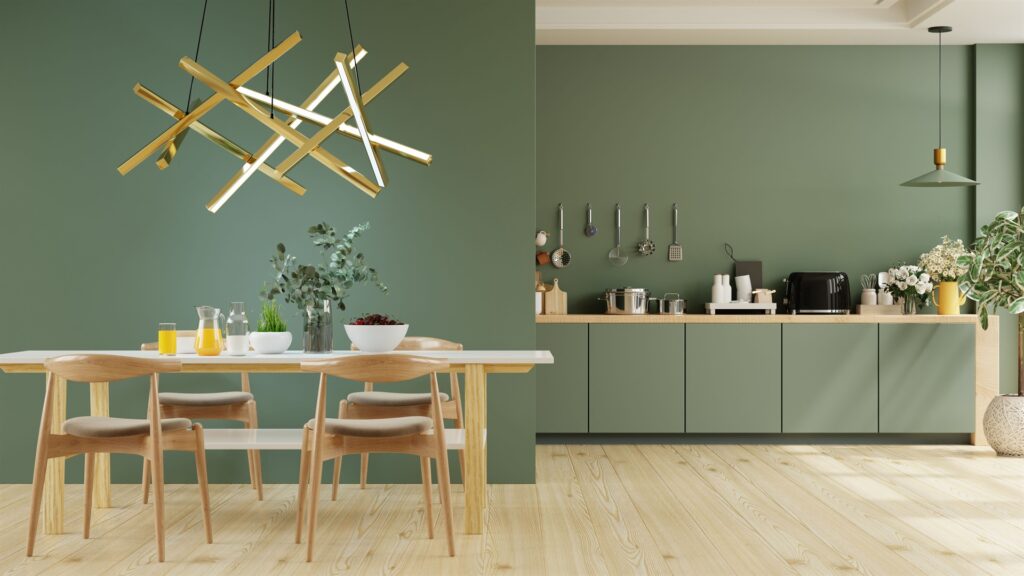
5. Eco-Friendly Flooring and Surfaces
The surfaces and flooring in your home are not only the canvas of your interior design but also essential elements of your living space’s functionality and comfort. When it comes to crafting eco-friendly sanctuaries, the choice of flooring and surfaces plays a pivotal role.
5.1 Sustainable Flooring Options
When selecting flooring materials, consider eco-friendly options such as:
- Bamboo: Bamboo is a rapidly renewable resource and an excellent alternative to traditional hardwood flooring. It’s durable, stylish, and environmentally responsible.
- Cork: Cork is harvested from the bark of cork oak trees, allowing the trees to regenerate. It’s a resilient and comfortable flooring choice with natural insulation properties.
- Reclaimed Wood: Using reclaimed wood from old structures not only adds character but also reduces the demand for new timber, making it a sustainable choice.
5.2 Eco-Friendly Surfaces
The surfaces in your home, including countertops and tabletops, can also be chosen with sustainability in mind. Options include:
- Recycled Glass: Recycled glass surfaces are both eco-friendly and aesthetically pleasing. They’re made from recycled glass and can be customized to suit your interior design.
- Concrete: Concrete surfaces are highly durable and can be polished and stained to create unique and stylish designs. They’re also energy-efficient.
- Paper Composite: Paper composite surfaces are made from post-consumer recycled paper and non-petroleum resin. They’re lightweight, durable, and sustainable.
5.3 Benefits of Eco-Friendly Surfaces
Eco-friendly flooring and surfaces offer numerous advantages, including:
- Reduced Environmental Impact: These materials often have a lower carbon footprint and help conserve natural resources.
- Improved Indoor Air Quality: Many eco-friendly materials release fewer volatile organic compounds (VOCs), contributing to healthier indoor air.
- Longevity: Sustainable options are designed to withstand the test of time, reducing the need for replacements.
By selecting eco-friendly flooring and surfaces, you not only contribute to a sustainable environment but also create a serene and beautiful sanctuary in your home.
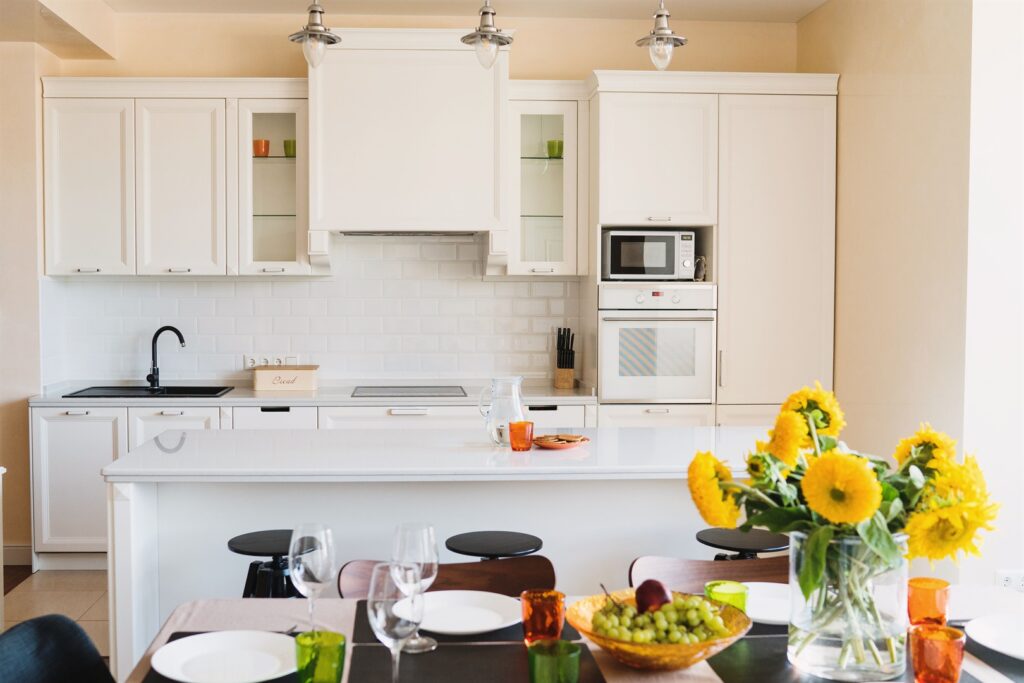
6. Sustainability and Aesthetics
In the realm of interior design, the fusion of sustainability and aesthetics has given rise to a transformative movement. The conscious use of organic materials is no longer a compromise but a sophisticated choice that enhances the beauty and functionality of our living spaces.
6.1 Organic Materials: Form Meets Function
When it comes to interior design, organic materials like reclaimed wood, bamboo, cork, and natural stone are gaining prominence. These materials offer a unique blend of visual allure and environmental responsibility. Reclaimed wood, with its distinct patina and history, brings character and warmth to spaces. Bamboo, known for its fast growth and renewability, is both durable and stylish. Cork flooring provides a soft, comfortable surface underfoot and is harvested from the bark of cork oak trees, which can live for centuries. Natural stone, with its timeless elegance and durability, is a testament to the beauty of organic materials.
6.2 Sustainability Through Minimalism
The minimalist design approach, characterized by simplicity and functionality, has found synergy with sustainability. The reduction of excess, both in materials and design elements, not only streamlines spaces but also minimizes waste. By focusing on essential furnishings and organic materials, minimalist interior design adheres to eco-friendly principles. A well-placed piece of furniture crafted from sustainable materials can be both functional and a striking centerpiece of a room.
6.3 Harmonious Color Palettes
Organic materials often come in earthy and neutral color palettes that are inherently soothing. The use of these colors in interior design evokes a sense of tranquility and connection with nature. Soft browns, warm grays, and muted greens reflect the colors of the outdoors and create an atmosphere of serenity. When paired with an eco-conscious design that promotes sustainability, the aesthetics become even more compelling.
6.4 Sustainable Lighting Solutions
Incorporating sustainable lighting fixtures made from organic materials like bamboo, rattan, or recycled glass can be both eco-friendly and visually appealing. These fixtures diffuse light in unique and captivating ways, casting beautiful patterns and creating a calming ambiance.
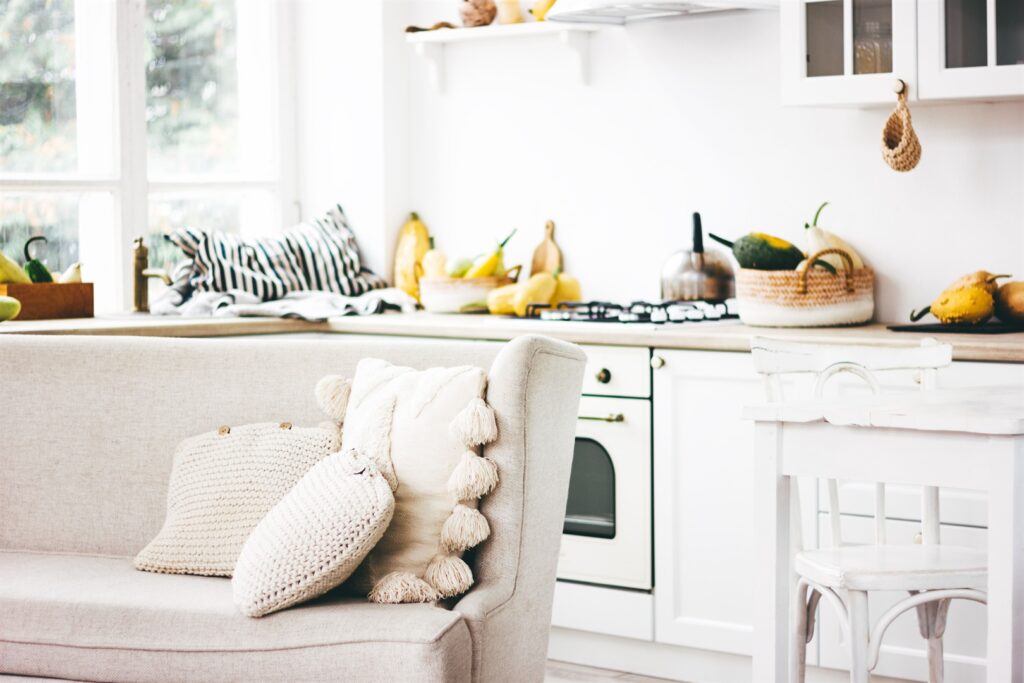
7. Nurturing a Greener Lifestyle
In an era when environmental concerns have become paramount, nurturing a greener lifestyle within our homes has never been more crucial. By incorporating organic materials and sustainable design principles into our interior spaces, we not only create aesthetically pleasing sanctuaries but also make a significant contribution to a more sustainable world.
7.1 Mindful Consumption
At the heart of nurturing a greener lifestyle is the concept of mindful consumption. It is about selecting and using materials and furnishings with intention. Organic materials, such as reclaimed wood and bamboo, exemplify this approach. Choosing these materials not only enhances the visual appeal of our homes but also supports sustainable practices. Mindful consumption means opting for quality over quantity, investing in pieces that will last, and reducing the environmental impact of our choices.
7.2 Reducing Environmental Impact
Interior design has a profound impact on the environment, from the extraction of materials to manufacturing and transportation. By embracing organic materials and sustainable design practices, we reduce our environmental footprint. For example, the use of reclaimed wood reduces the need for new timber harvesting, conserving forests and their ecosystems. Similarly, bamboo’s rapid growth and regenerative properties make it an environmentally responsible choice.
7.3 Connecting with Nature
Nurturing a greener lifestyle involves bringing nature into our living spaces. Organic materials provide a tactile connection with the outdoors, allowing us to feel the warmth of wood, the coolness of stone, or the softness of cork. This tactile experience fosters a sense of connection with the natural world, promoting mindfulness and a greater appreciation for the environment.
7.4 Eco-Conscious Choices
Incorporating sustainable design principles extends beyond materials to other aspects of interior design. Choosing energy-efficient lighting, installing low-flow plumbing fixtures, and opting for non-toxic paints and finishes are all part of a holistic approach to eco-conscious living. These choices reduce energy consumption, conserve water, and promote healthier indoor air quality.
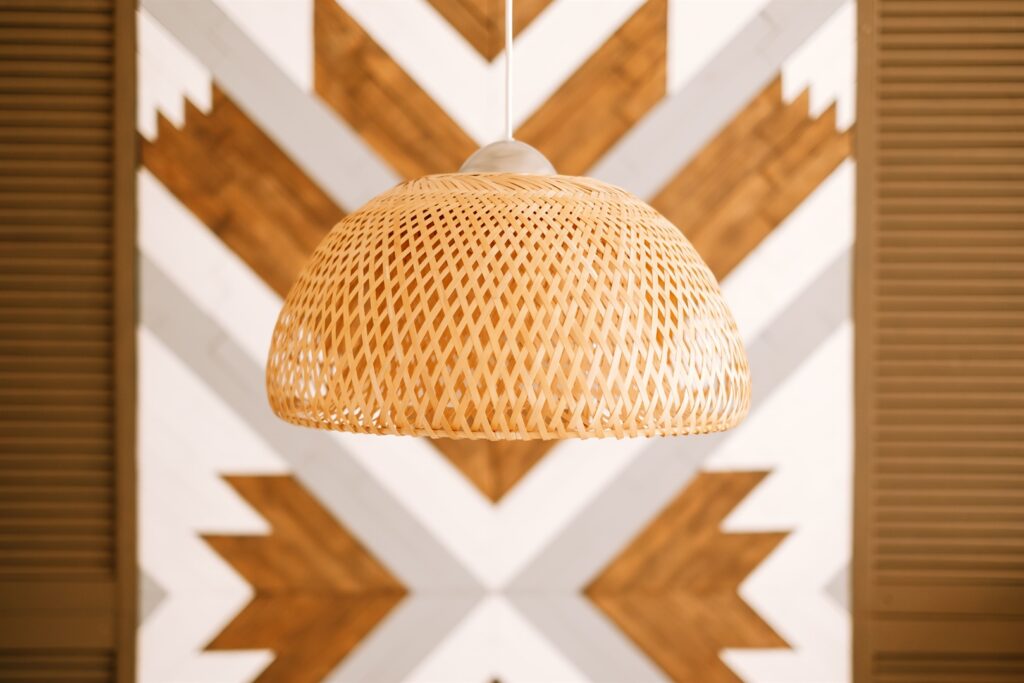
8. The Future of Interior Design
As the world becomes increasingly conscious of the environmental impact of our choices, the future of interior design is taking a sustainable turn. In this section, we will delve into the future of interior design and how the use of organic materials is shaping the industry. These sustainable practices are not only environmentally responsible but also aesthetically pleasing, allowing us to create sanctuaries that nurture both our well-being and the planet.
8.1 The Rise of Sustainable Interior Design
Sustainable interior design is more than just a trend; it’s a shift towards a more conscious and responsible way of creating living spaces. Interior designers are now integrating eco-friendly practices into their projects, placing a strong emphasis on organic and natural materials. This movement aligns with the global effort to reduce carbon footprints, minimize waste, and embrace eco-conscious living.
8.2 Organic Materials: A Cornerstone of Sustainable Design
The use of organic materials, such as reclaimed wood, bamboo, cork, and organic textiles, is becoming increasingly prevalent in interior design. These materials not only exude natural beauty but also offer several advantages:
- Renewability: Organic materials are often renewable, allowing for responsible sourcing and harvesting.
- Low Environmental Impact: They have a minimal environmental impact during production, and many are biodegradable.
- Health Benefits: Organic materials are often hypoallergenic and promote healthier indoor air quality.
- Timeless Aesthetics: These materials bring timeless and warm aesthetics to interior spaces.
8.3 Innovative Sustainable Techniques
The future of interior design also involves innovative techniques, such as upcycling and repurposing, which breathe new life into old furniture and materials. Designers are embracing technology to create eco-friendly, energy-efficient spaces, utilizing smart systems for heating, cooling, and lighting.
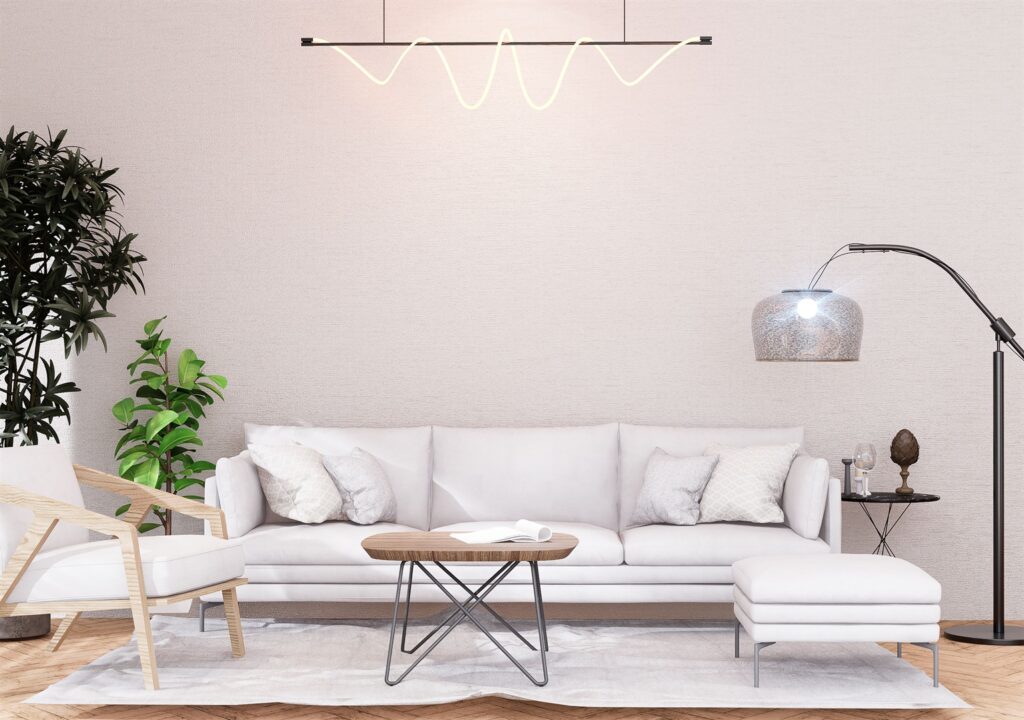
Conclusion
Creating eco-friendly sanctuaries through sustainable interior design has emerged as a defining practice of our time. The use of organic materials, with their elegance and environmental responsibility, is shaping the future of interior design. This approach allows us to craft spaces that are not only visually appealing but also ecologically conscious.
As we move forward, it is imperative to recognize the pivotal role of sustainable interior design. The future of interior design lies in a harmonious blend of aesthetics and environmental responsibility. Organic materials, celebrated for their renewability, low environmental impact, and health benefits, are paving the way for a new era in interior design.
Recent Articles
-
 Winter's Warm Embrace: Crafting A Cozy Sanctuary With Hygge-Inspired Décor
Winter's Warm Embrace: Crafting A Cozy Sanctuary With Hygge-Inspired Décor -
 The Art Of Elevating Well-Being With Nature-Infused Interior Design
The Art Of Elevating Well-Being With Nature-Infused Interior Design -
 Enigmatic Allure: The Timeless Elegance Of Embracing Dark Colors In Interior Design
Enigmatic Allure: The Timeless Elegance Of Embracing Dark Colors In Interior Design -
 Sustainable Serenity: Crafting Eco-Friendly Sanctuaries With Organic Materials In Interior Design
Sustainable Serenity: Crafting Eco-Friendly Sanctuaries With Organic Materials In Interior Design


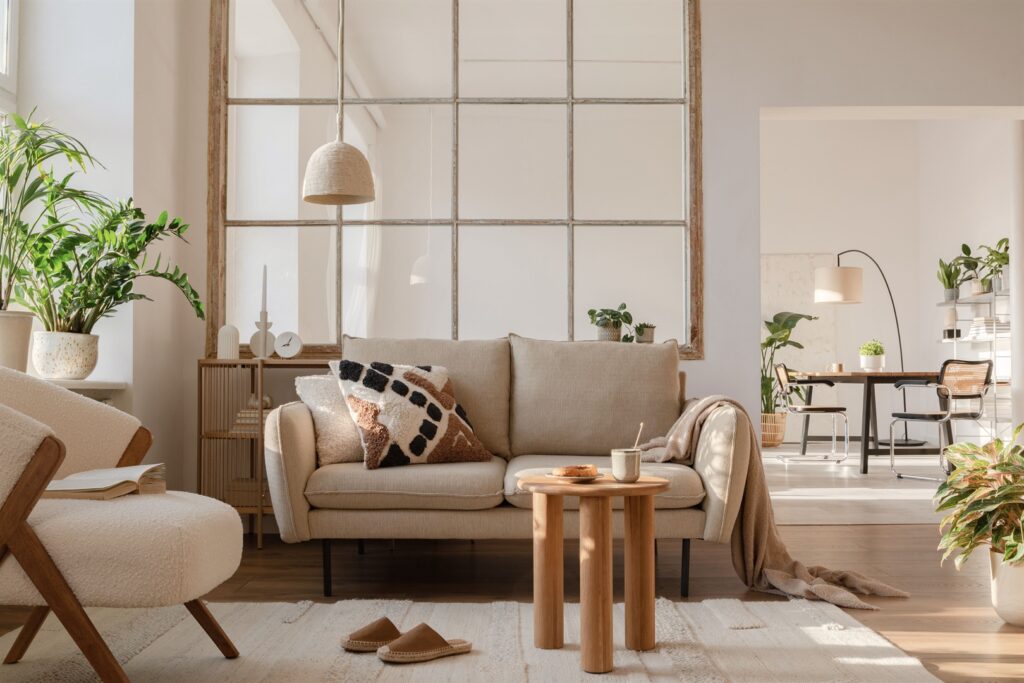
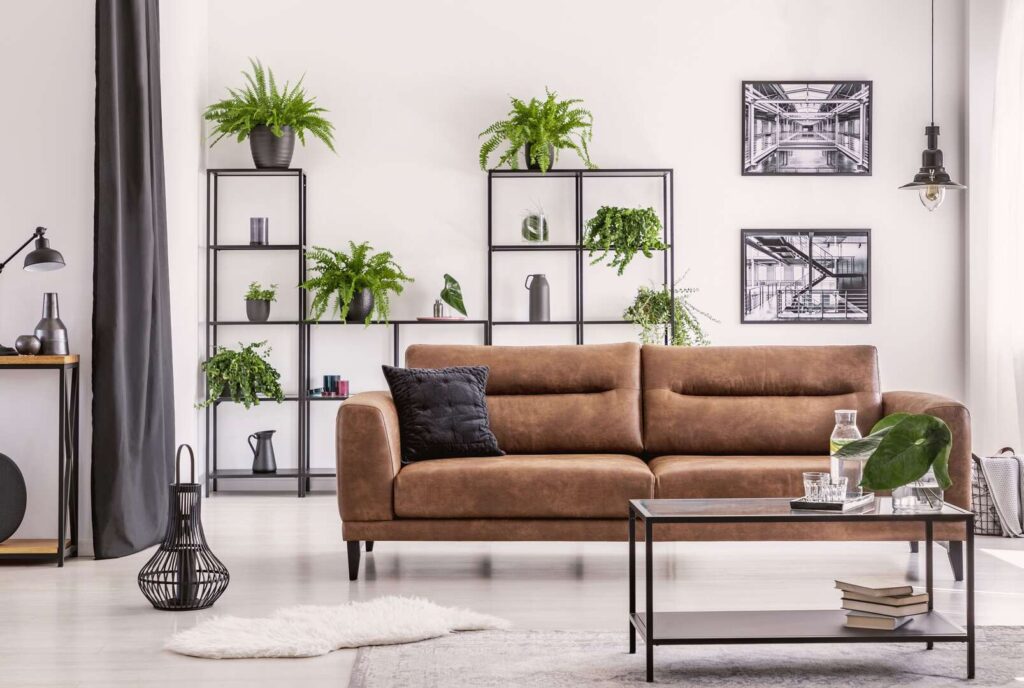
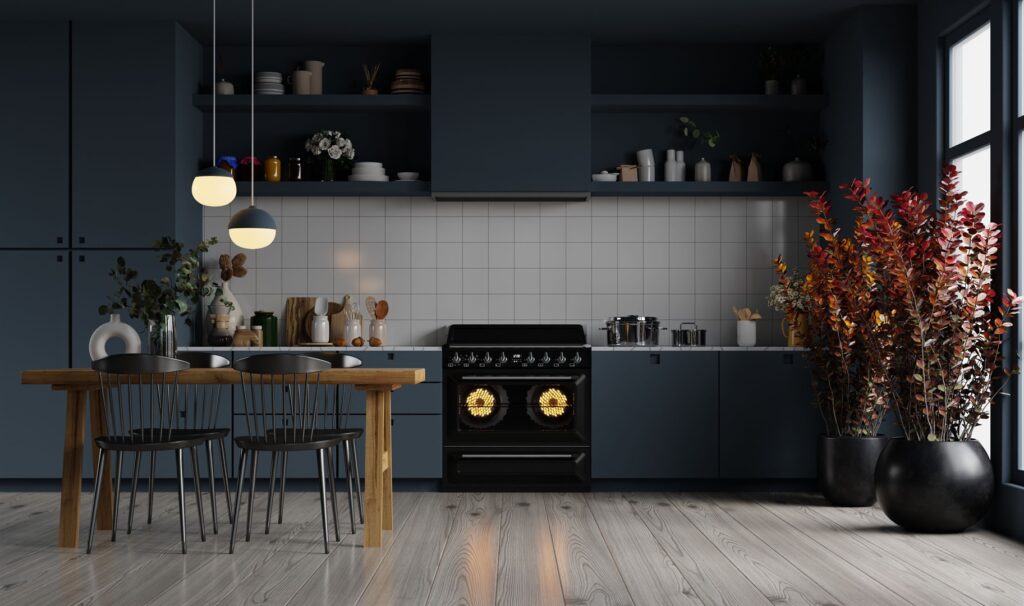
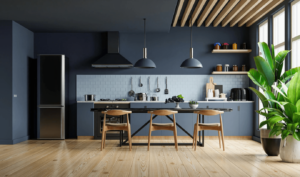

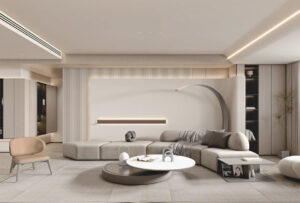

.png)